
Preserving South Australia’s Heritage
Item 1 of 10
Our blog
Item 1 of 4


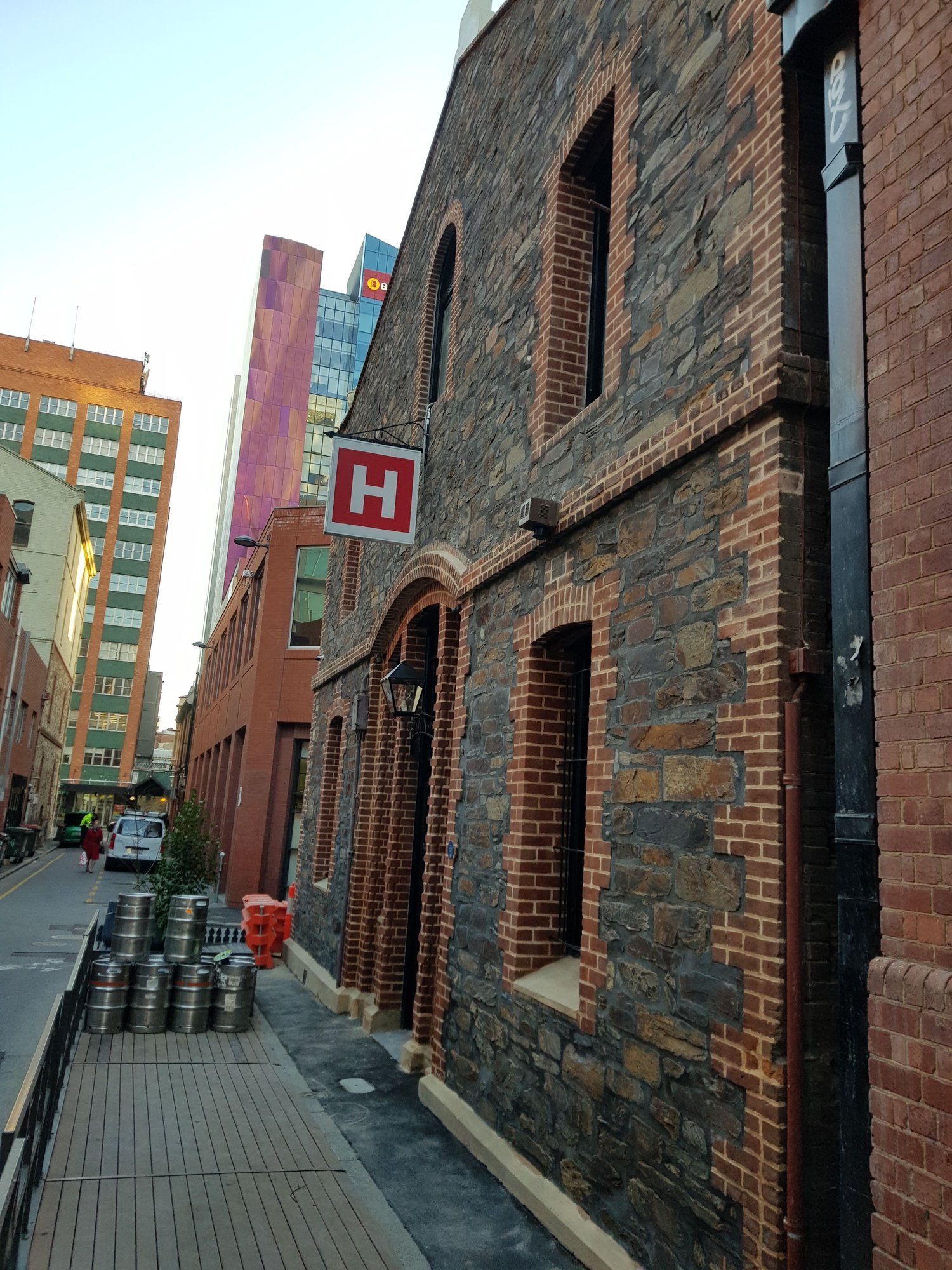
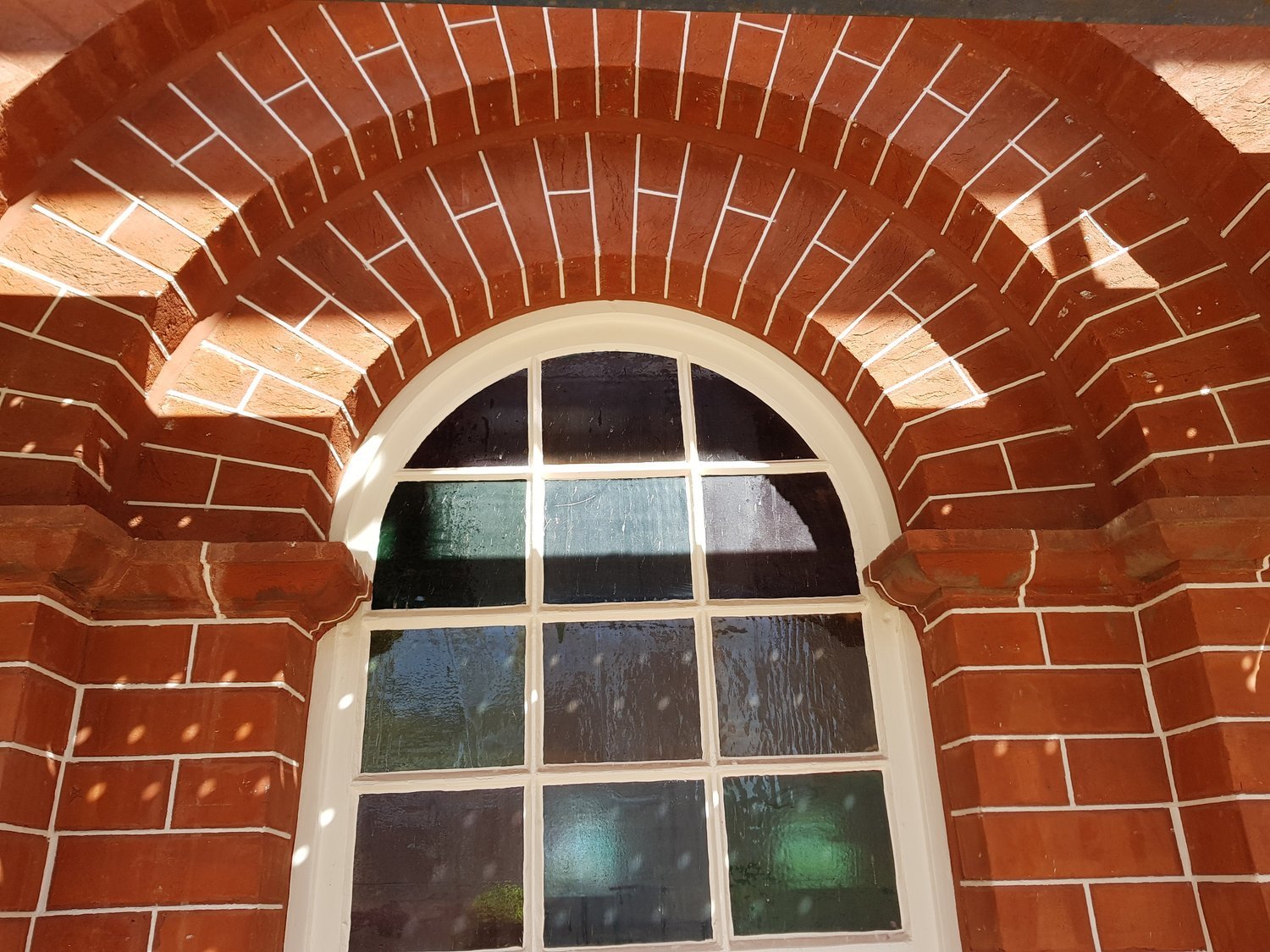



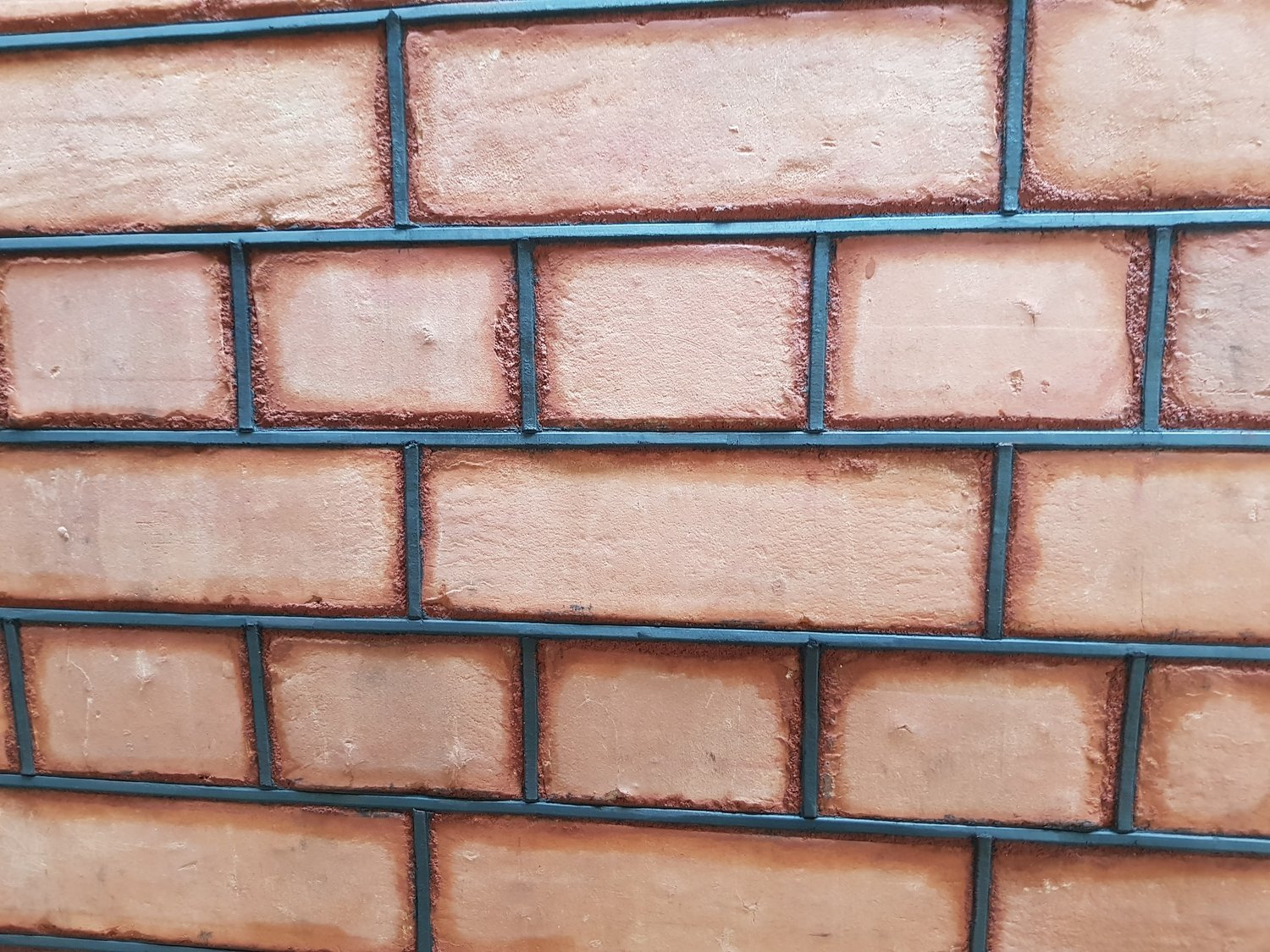
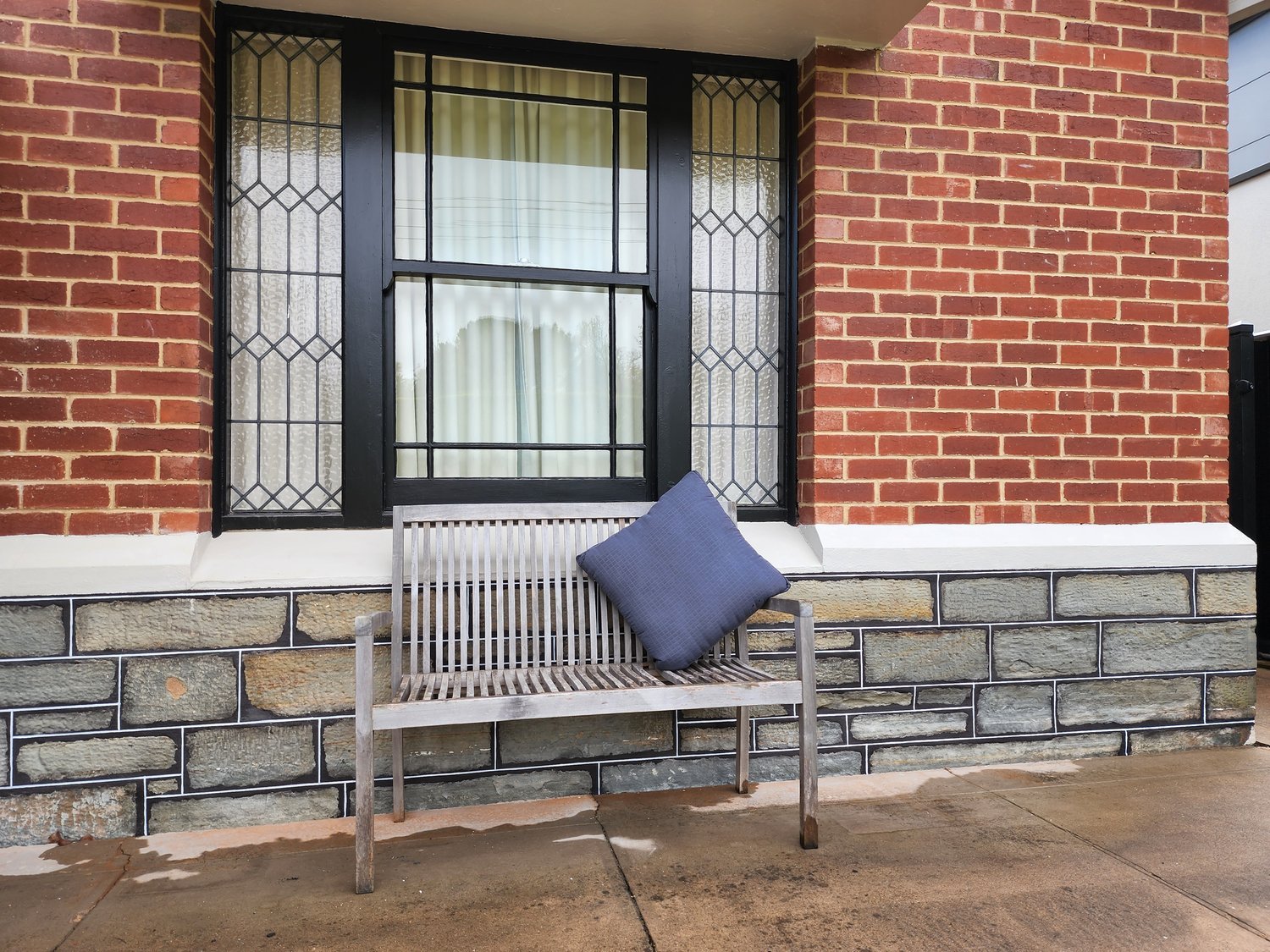

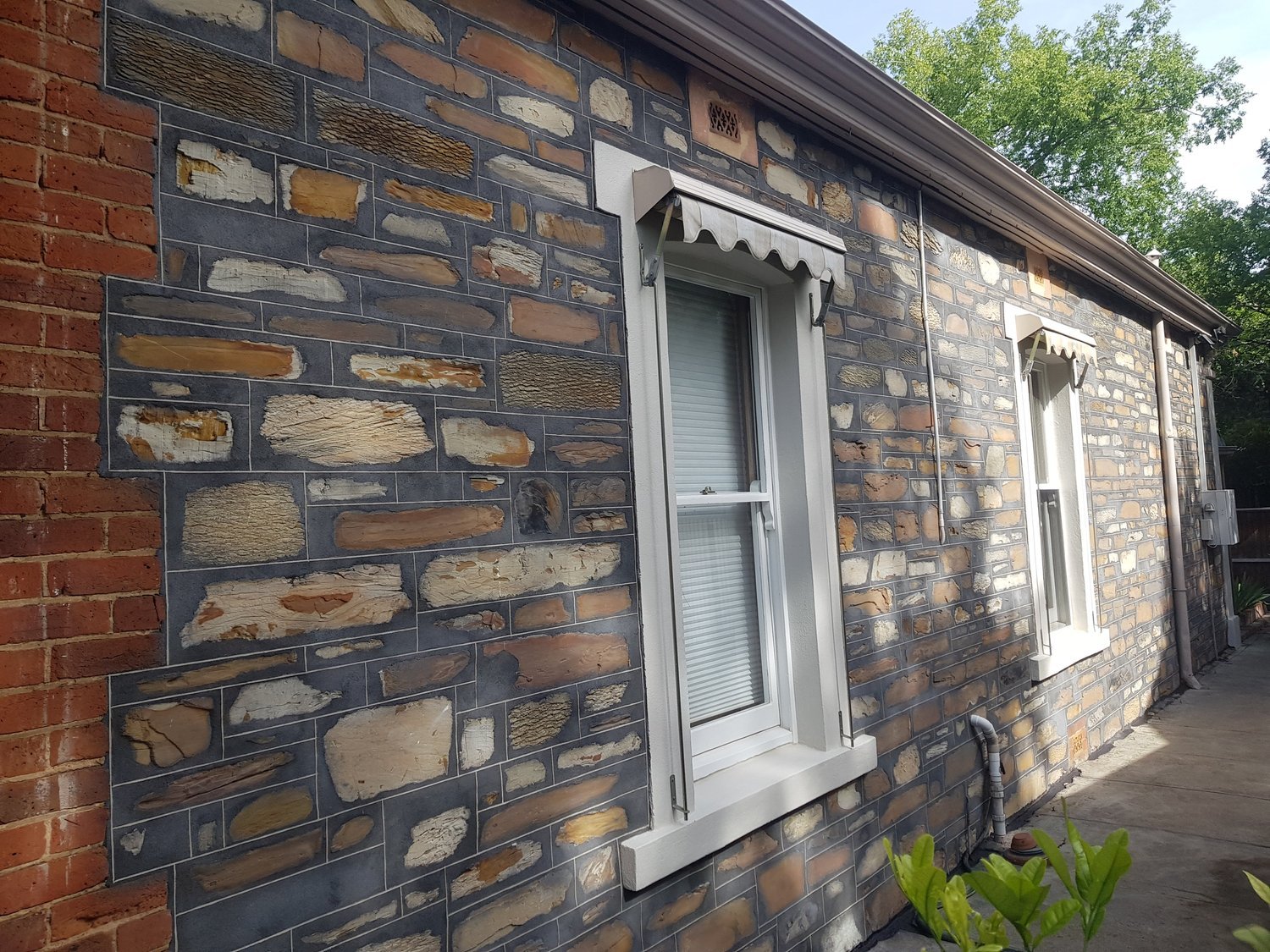
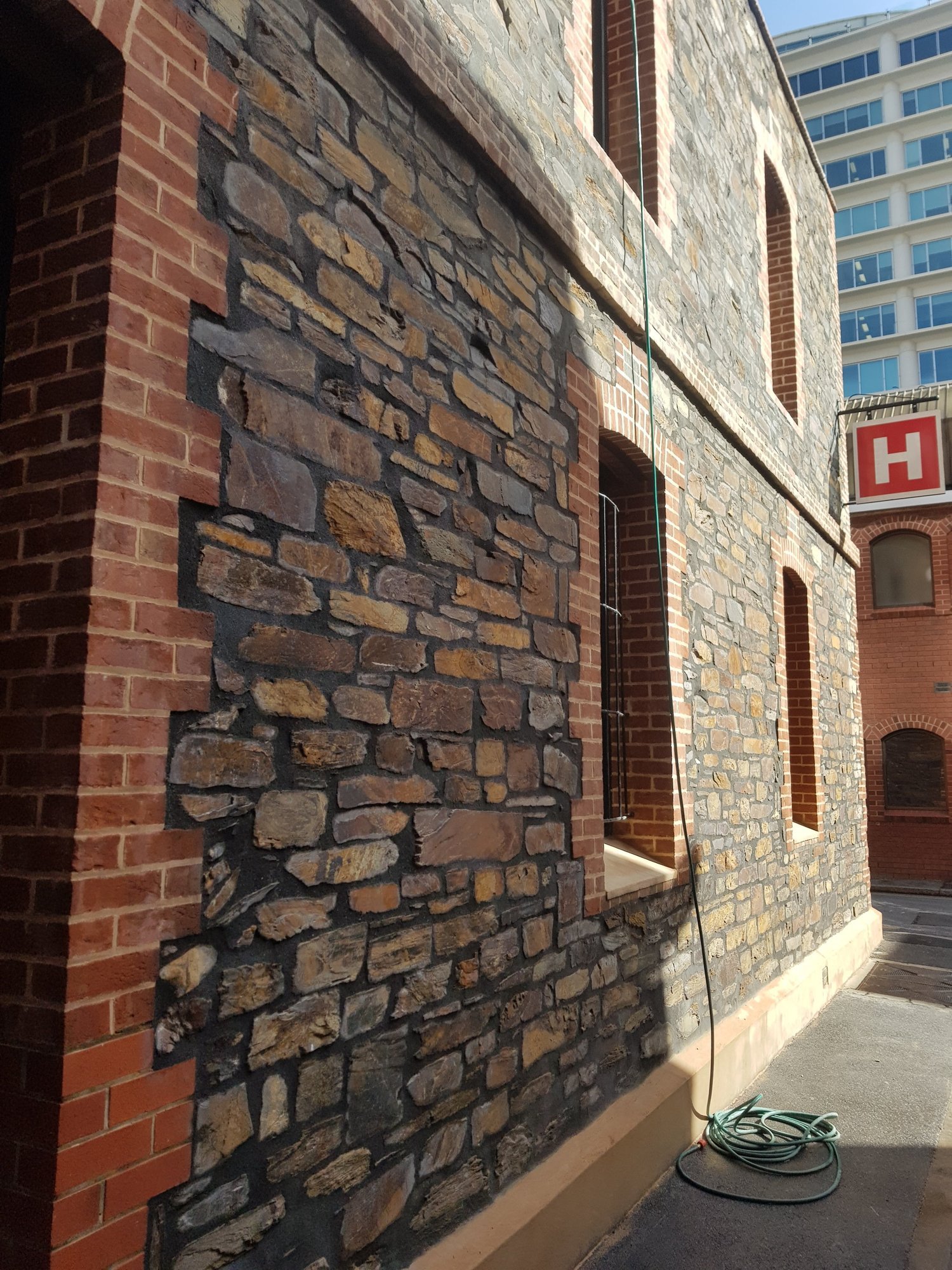
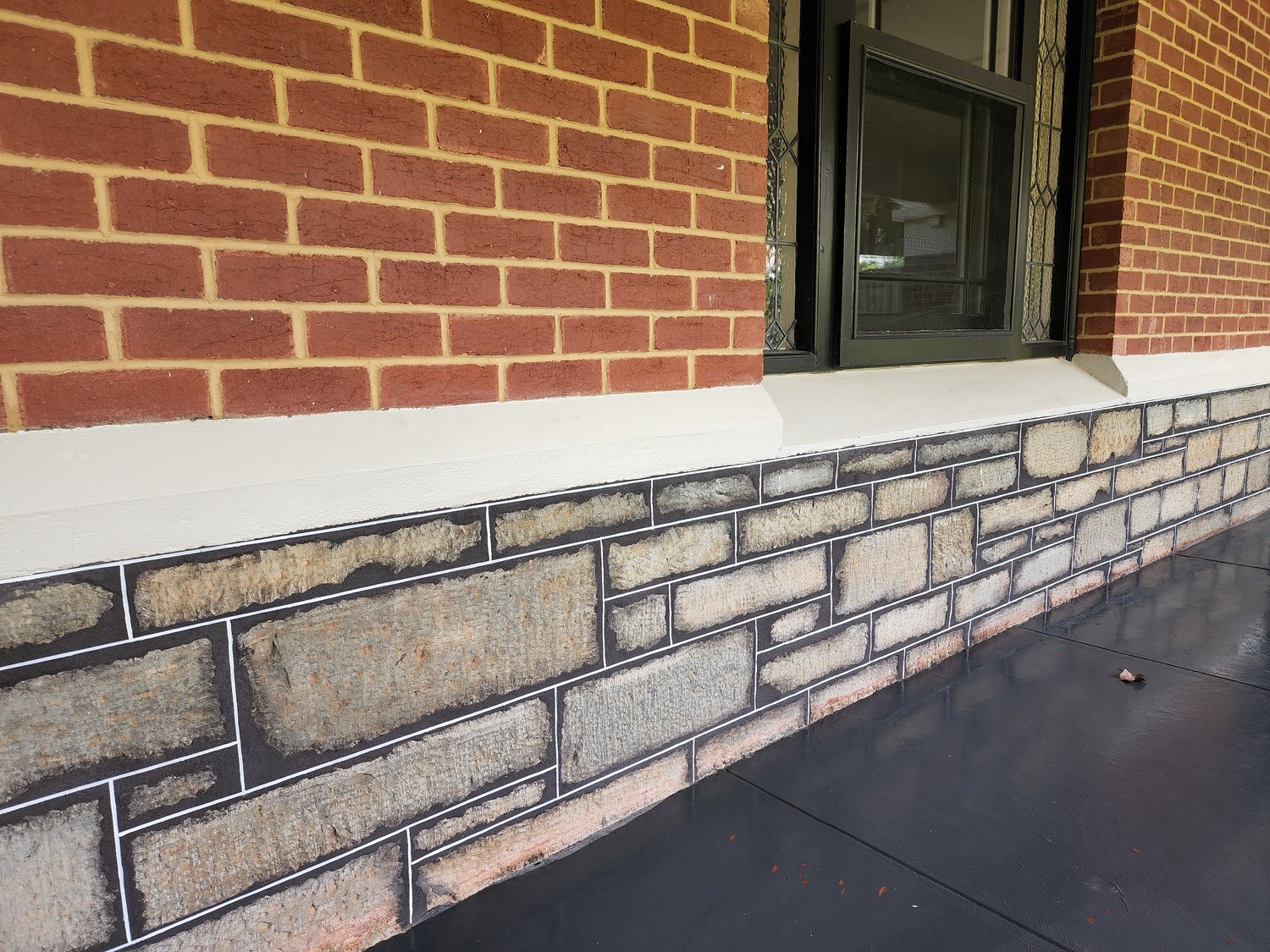
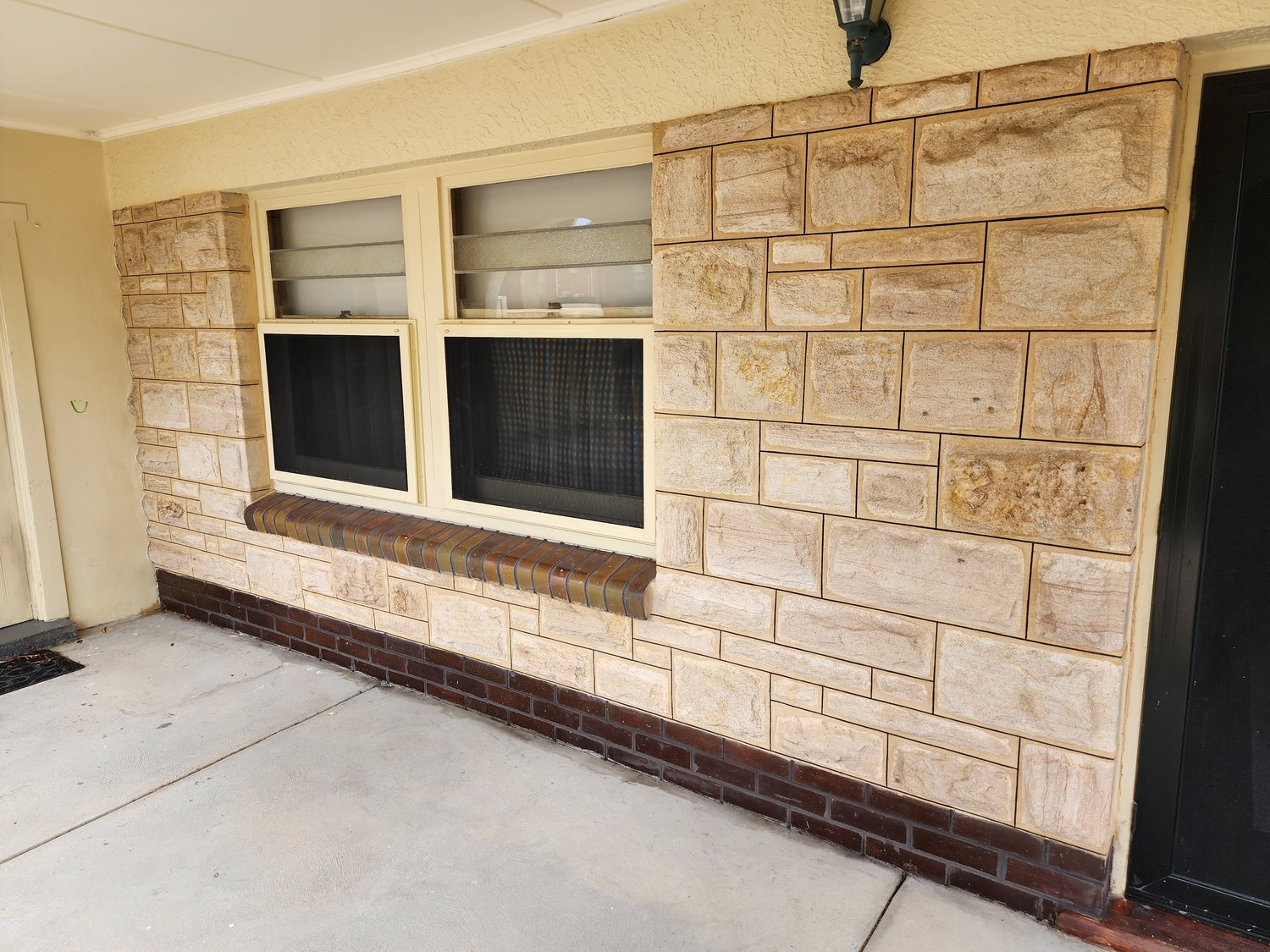

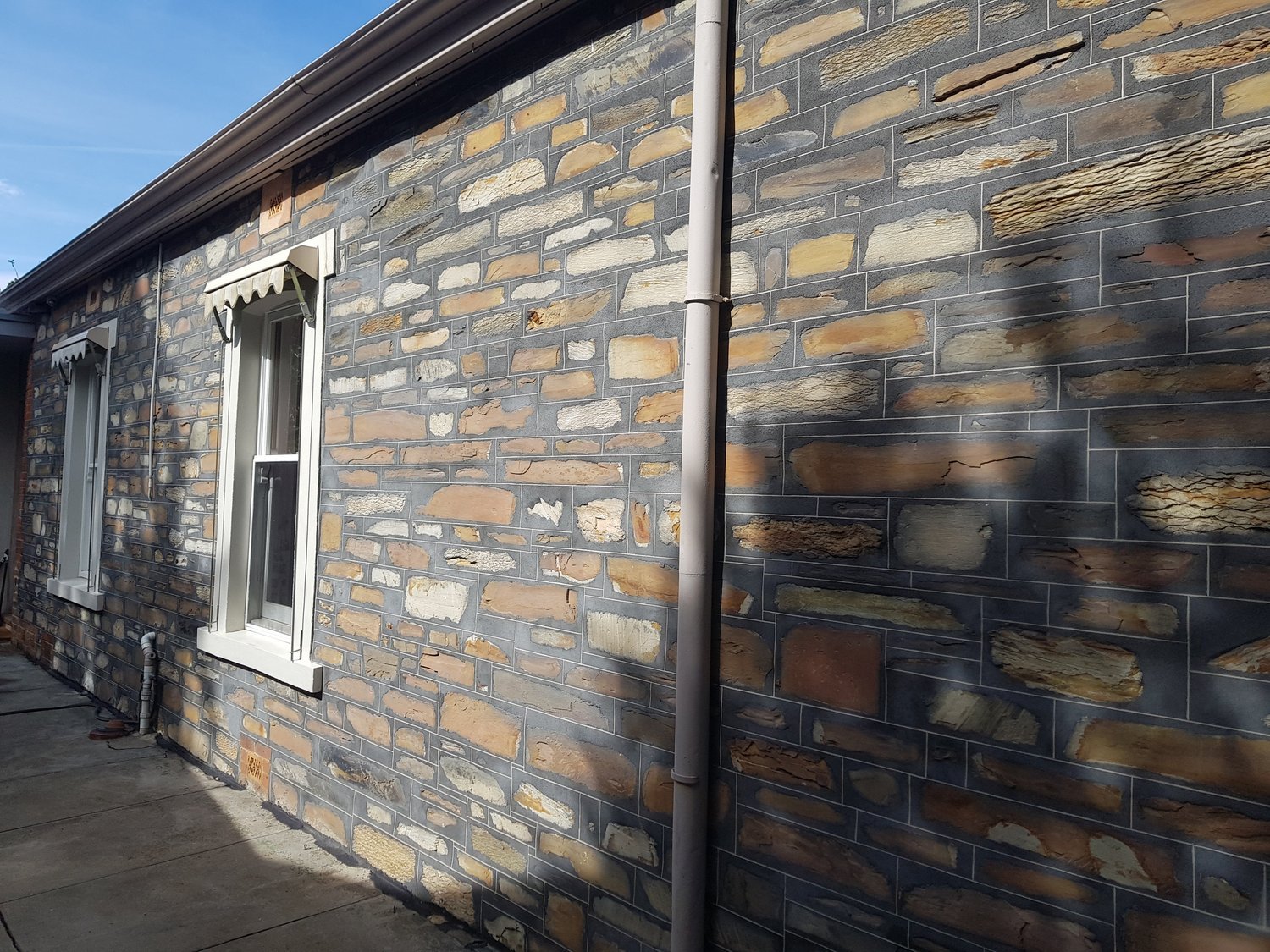










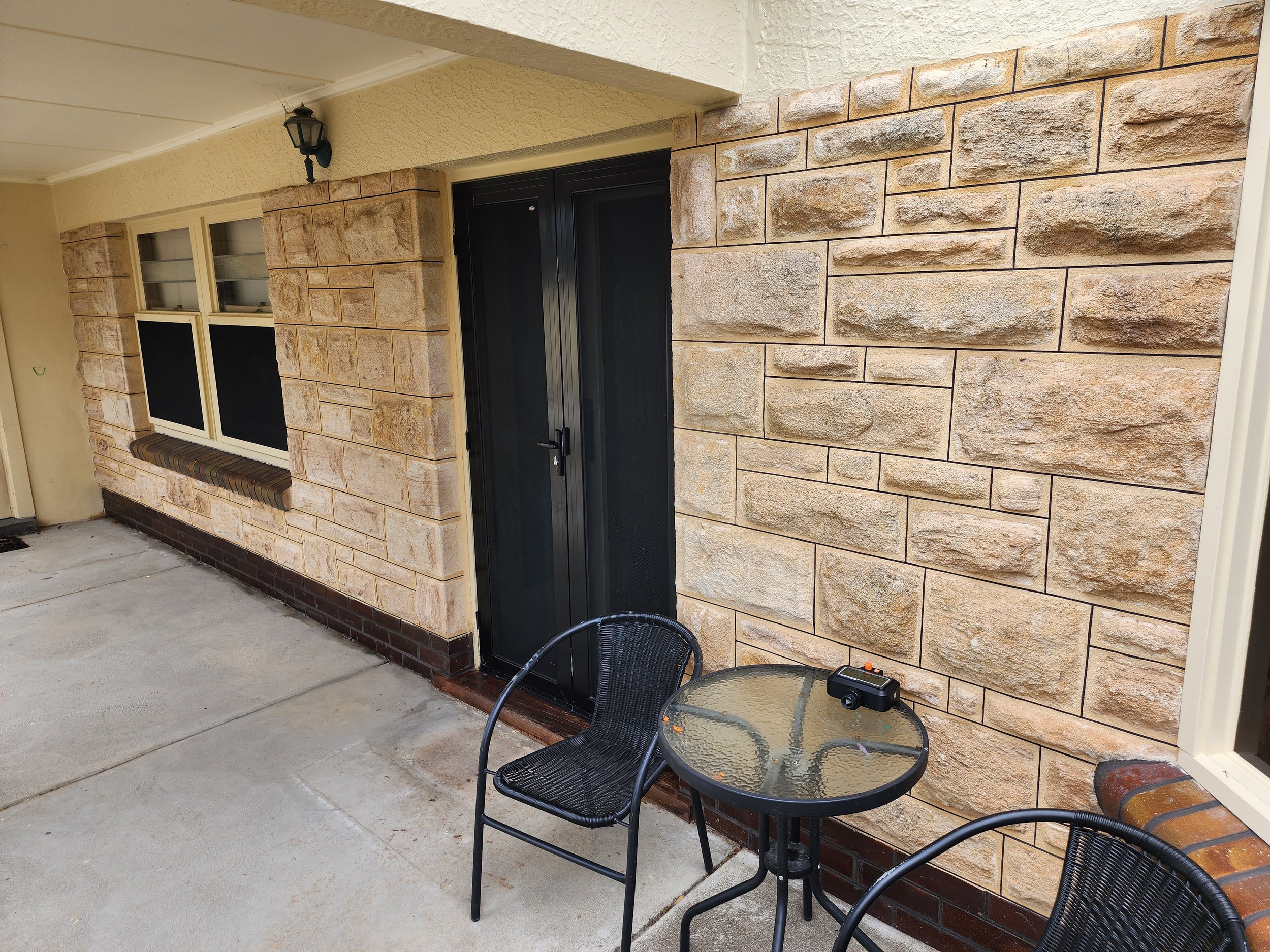


Robert Elphick did a fantastic job on a large restoration on the bluestone facade of our symmetrical cottage (built1885) in the Unley Council Conservation Zone. We love the outcome and have had many visitors admiring his work. I am happy to recommend Robert Elphick as a talented craftsman, a good worker and a pleasant person to have on our property during the works.
Elizabeth (Goodwood)
Robert restored the stone work on our property that is dated 1874, which included replacing broken and missing stone. The quality of Robert’s work is outstanding and far exceeded our expectations. Halfway through the job, we uncovered an unexpected door that had been badly covered up. Robert was able to blend it into the existing stone work and was not phased by the issue. Robert was reliable, tidy on site, and easy to work with.
The Murphy’s (Blackwood)
Rob is a five-star stonemason with superb customer service, professionalism and standards. His responsive, attention to detail and the cleanliness of the work area throughout the job was outstanding. The final outcome is a pleasure to look at, especially the re-pointing of the entire western wall of our heritage home.
Hero (Norwood)
Our blog
Repointing is the process of renewing the mortar joints between bricks, stones, or other masonry units. Over time, mortar can deteriorate due to exposure to the elements, leading to cracks, erosion, and weakening of the structure. Repointing addresses these issues by removing damaged mortar and replacing it with fresh mortar, rejuvenating the masonry's strength and appearance.
I've faced a formidable challenge that silently corrodes the splendor of historic stone houses: salt damage, otherwise known as salt damp. These architectural wonders, soaked in history, endure a continuous assault from soluble salts that infiltrate the stone and surrounding mortar. Rising damp from groundwater and falling damp from rainwater introduce these salts, leaving behind crystalline residues as moisture evaporates.
I've faced a formidable challenge that silently corrodes the splendor of historic stone houses: salt damage, otherwise known as salt damp. These architectural wonders, soaked in history, endure a continuous assault from soluble salts that infiltrate the stone and surrounding mortar. Rising damp from groundwater and falling damp from rainwater introduce these salts, leaving behind crystalline residues as moisture evaporates.
Chimneys, with their timeless charm and practicality, have been a fixture in homes for centuries. However, the passage of time and exposure to the elements can take a toll on these essential structures, leading to deterioration. In this blog post, we'll explore the ins and outs of chimney deterioration, uncover its root causes, and delve into effective methods for remediation and preservation.